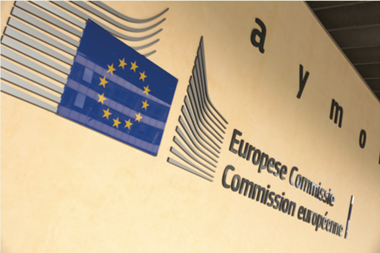Germany has issued its first ever green bond with a 30-year maturity for a total volume of €6bn.
The syndicate of banks on the deal led by BNP Paribas, and including BofA Securities, Citi, Commerzbank, DZ BANK and HSBC, received orders for over €38.9bn.
The yield on the new green bonds was set with a spread of 0.02 percentage points below the yield of the conventional twin bonds.
The 30-year green bond was issued with the same maturity and the same coupon (0%) of a conventional bond, the so-called twin bonds concept.
“With the new 30-year Green Federal bond we are now offering the longest-dated green bond of a sovereign issuer in the euro capital market and are already completing the long end of the curve – just a few months after entering the green segment – with a maturity of 2050,” said Tammo Diemer, member of the Finance Agency’s executive board.
The proceeds raised from the issuance of the 30-year green bonds will be allocated to transport, international cooperation, research and innovation, energy and industry, agriculture, forestry, natural landscapes and biodiversity sectors.
The allocation takes into account established international market standards.
The German government issued the first green bonds with a 10-year maturity in September last year, followed by a five-year Green Federal note in November, for a total volume of €11.5bn.
It introduced at the time the concept of twin bonds by issuing green and conventional bonds with the same maturity (10 years) and the same coupon (0%).
The first issuance recorded a final order book that exceeded €33bn. The Green Bund was allocated to a very broad and diversified spectrum of 185 investors at a yield of -0.463%, according to the green bond allocation report published by the ministry of finance.
In total €11.5bn was allocated, including €6.65bn for transport, €2.98bn for international cooperation, €625.1m for research and development, €1.19bn for energy and industry and €381.5m for agriculture, forestry, natural landscapes and biodiversity sector, the report added.










